The recipe for a Cuban cigar is the country's climate, as well as the soil which makes for a rich harvest.
While foreign sales in cigars rose steadily through 2015, some Cuban tobacco farmers also gained income by hosting international visitors, giving guided tours through the beautiful countryside, and an inside look at how the cigars are produced.
One such farm is the family-run and owned Montesino. Located in Pinar del Rio, a little over an hour west of Havana, the farm is one of Cuba's most renowned tobacco producers. Here's how it makes a fine Cuban cigar.
Tobacco plants are generally planted late in the year, and grown for three months before picking it, leaf by leaf.

Tobacco seeds are extremly small, and each plant can produce up to 30 leaves.
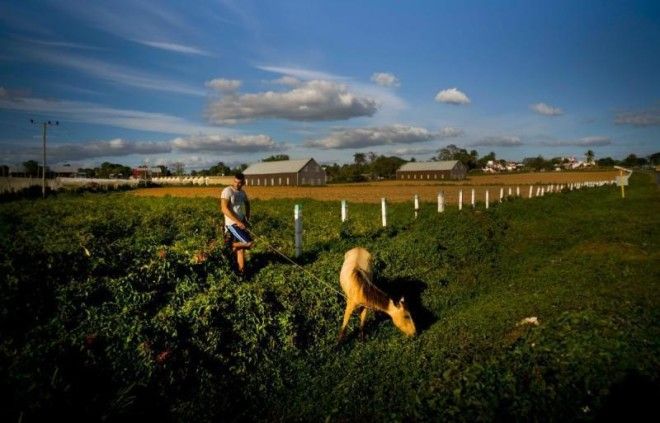
Tobacco farmer Raul Valdes Villasusa shows his hands, calloused from years of hard work.
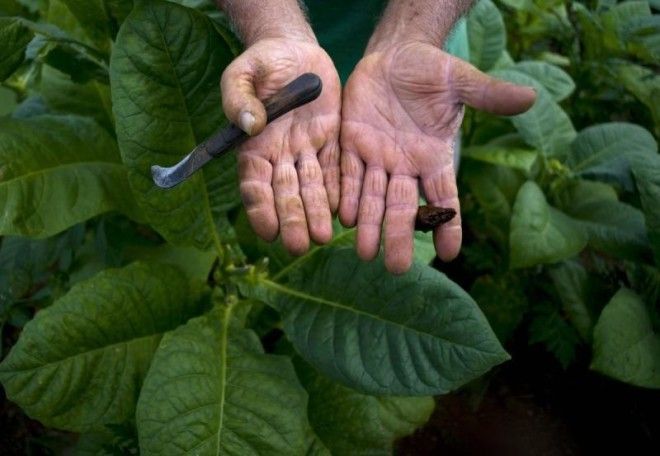
Workers on the farm are bused in from surrounding areas — tobacco is the main crop in Pinar del Rio.

Many tobacco farms are a part of a co-op, partially owned by the government.
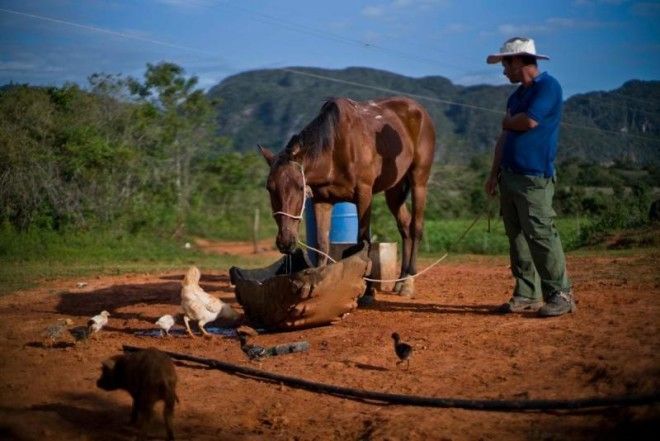
Next, the fresh leaves are taken to the drying room.
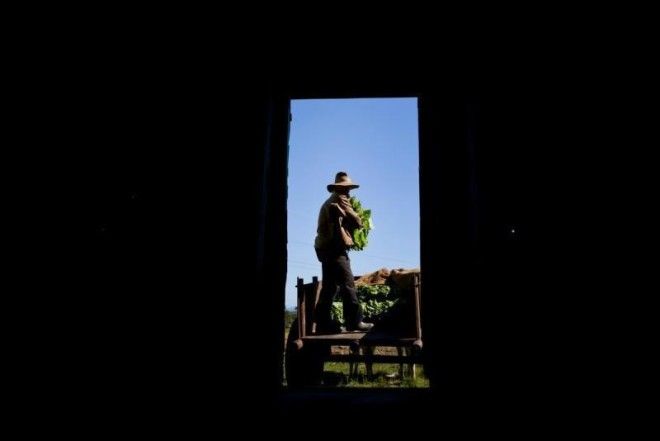
Advertising
The leaves are hung to dry — a process often referred to as "curing." This step can take up to three months.

At organic farms, such as Montesino, where pesticides and artificial fertilizers are not used, insects are picked off my hand.

The Montesino farm has been in the family for three generations. Here, owners Marcelo Montesino (right), stands with his son Eulogio who hopes to one day keep the farm running.
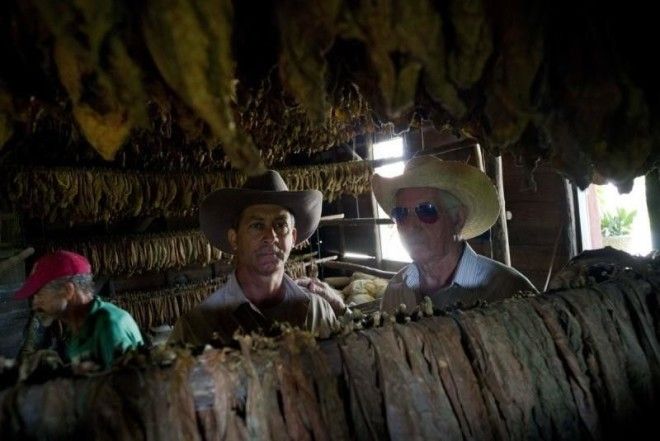
Once the leaves are cured, the cigar is ready to be rolled.
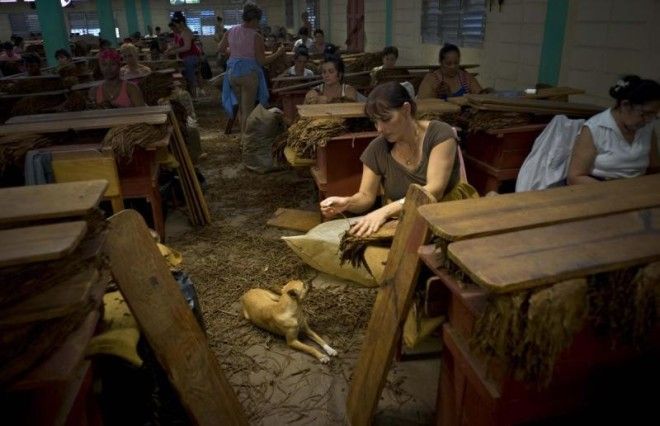
The technique behind rolling cigars can be meticulous and can influence the overall quality of the cigar. Signs of a good cigar include a smooth and shiny wrapping, with all the leaves wrapping in the same direction.

Some farms, such as Montesino, will prepare food for the tourists right on the premise.
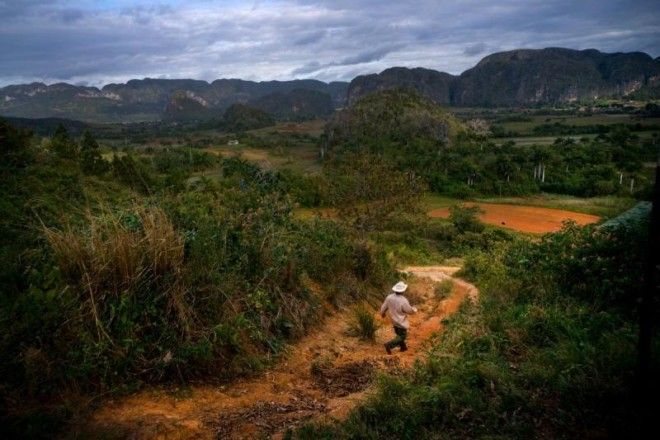
While farmers have seen an increase in business in 2015, they're hoping for even more relations to the outside world since the recent restored relation with the US, while still keeping their placid lifestyle.


